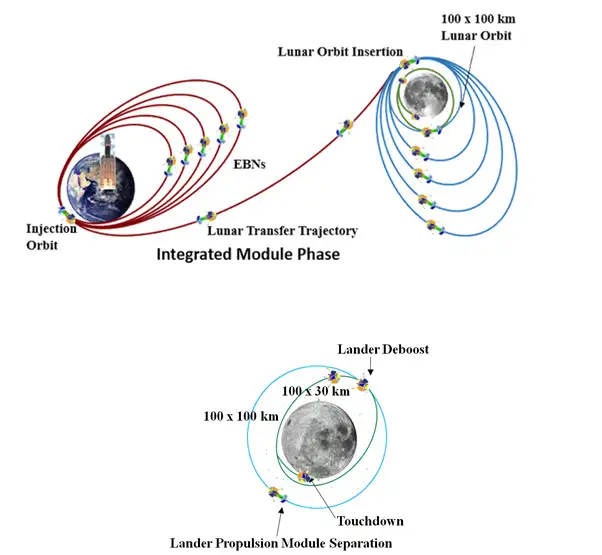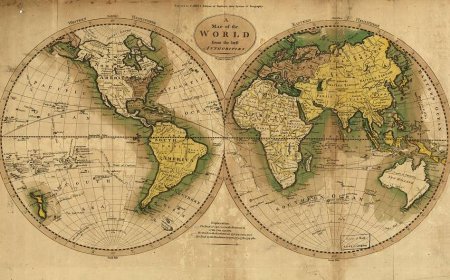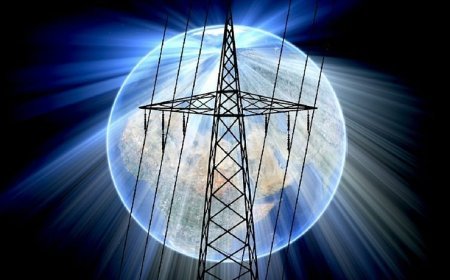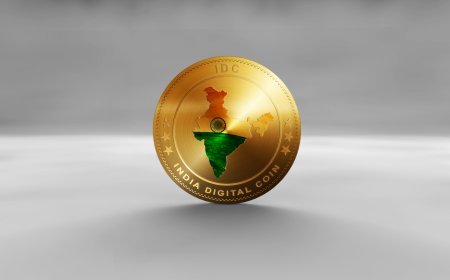India's Space Mission: Chandrayaan-3 Achieves Historic Milestone
India's Chandrayaan-3 mission achieved a historic milestone by successfully landing on the moon's South Pole, marking India’s first successful lunar landing. The mission opens the door to exciting lunar research, potential resources, and global collaboration. India’s growing space capabilities are evident as ISRO continues to make strides in space technology, with plans for future missions to the moon and beyond.

India has once again made its mark in the annals of space exploration with the successful achievement of a historic milestone by the Chandrayaan-3 mission. The mission, launched by the Indian Space Research Organisation (ISRO), has made significant progress, marking India’s place as a global leader in space technology and research. With the successful landing of the Chandrayaan-3 on the lunar surface, India has become the fourth country in the world to achieve this remarkable feat. This achievement not only brings pride to the nation but also opens the doors to numerous scientific advancements and opportunities for the global scientific community.
Key Achievements of Chandrayaan-3:
-
Successful Moon Landing: On August 23, 2023, the Chandrayaan-3 spacecraft successfully soft-landed on the moon's South Pole, a region of great scientific interest. This marks India’s first successful lunar landing and a significant achievement for ISRO. The precision and timing of the landing demonstrate India’s growing capabilities in space exploration.
-
Paving the Way for Lunar Research: The South Pole of the moon, where the Chandrayaan-3 lander touched down, is considered one of the most intriguing areas for scientific research due to the potential water ice deposits. These deposits could serve as a critical resource for future lunar missions, particularly for long-term human habitation on the moon. With the Chandrayaan-3 mission, India has opened a new frontier for lunar exploration, promising valuable data to study the moon’s surface and its volatile environment.
-
Contribution to Global Space Exploration: Chandrayaan-3’s successful mission is not just a triumph for India, but it also contributes significantly to the global space exploration community. ISRO’s mission provides valuable insights into lunar geology and the moon's composition, which will support future research missions and collaborations with other space agencies like NASA, ESA, and Roscosmos. The mission's success underscores the importance of international cooperation in space research.
-
Scientific Experiments and Discoveries: The Chandrayaan-3 spacecraft carries a suite of advanced scientific instruments designed to study the moon's surface, measure its topography, and analyze its mineral composition. The data collected will be crucial in understanding the moon’s evolution, its potential for future exploration, and its suitability as a base for deeper space missions.
-
A Symbol of India's Advancements in Space Technology: India’s space program has come a long way since its humble beginnings. The Chandrayaan-3 mission, with its cutting-edge technology and high level of precision, is a testament to India’s capabilities in space exploration. The country’s space agency, ISRO, has grown into one of the world’s leading space organizations, with numerous successful missions under its belt, including the Mars Orbiter Mission (Mangalyaan) and the first mission to the South Pole of the moon.
-
Implications for the Future of Space Exploration: The successful Chandrayaan-3 mission positions India as a major player in the global space community. This achievement is expected to lead to further advancements in space exploration technology, and India is already planning its next mission to the moon, Chandrayaan-4. Additionally, the success of this mission could fuel India’s ambitions to send a crewed mission to the moon in the coming decades.
Importance of Chandrayaan-3 for India:
The Chandrayaan-3 mission represents a pivotal moment in India’s scientific and technological evolution. It brings with it a sense of national pride, as India becomes a part of the prestigious group of countries that have successfully landed a spacecraft on the moon. The mission not only enhances India’s global standing in space technology but also promotes STEM (Science, Technology, Engineering, and Mathematics) education and research in the country.
The mission also marks a significant achievement for the Indian government’s efforts in pushing for self-reliance in technology. Through the successful completion of Chandrayaan-3, India has showcased its technological capabilities to the world, demonstrating that it can compete with the most advanced space programs globally.
The Future of India's Space Exploration:
India's success with Chandrayaan-3 has set the stage for future space missions, including the Chandrayaan-4 and Gaganyaan, India’s first human spaceflight program. The country’s space endeavors are likely to attract more investments, foster innovation in the tech and space sectors, and inspire the next generation of scientists and engineers.
As India looks to the future, its growing expertise in space exploration will pave the way for collaboration with international space agencies, the development of space-related infrastructure, and the further expansion of its space programs, cementing India’s position as a global leader in space science.
The Chandrayaan-3 mission is a monumental achievement that highlights India’s growing capabilities in space exploration. It is a proud moment for the nation and demonstrates the strength of ISRO’s scientific and technological prowess. As India continues to push the boundaries of space exploration, the success of Chandrayaan-3 will remain a key milestone in the nation’s scientific history, inspiring generations to come. The mission has not only solidified India’s place among the leading spacefaring nations but also opened up new possibilities for the future of space exploration and discovery.
Credit: PIB India


































